Porcelain Crowns in Santa Paula
Make A Quick Appointment
Make A Quick Appointment
Frequently Asked Questions

What are the advantages of choosing porcelain crowns over other materials?
Porcelain crowns in Santa Paula offer a natural and translucent aesthetic resembling tooth enamel. They are also durable and biocompatible.

How does the process of placing a porcelain crown differ from other options?
Placing a porcelain crown involves precise digital impressions, followed by crafting a custom crown in the dental lab, ensuring a perfect fit and a natural appearance.

Are porcelain crowns suitable for restoring front teeth?
Yes, porcelain crowns are ideal for restoring front teeth as they can replicate the natural appearance of enamel and effectively correct aesthetic imperfections.

How should one care for a porcelain crown to prolong its lifespan?
It is recommended to maintain good oral hygiene, avoid chewing on hard objects, and schedule regular check-ups with the dentist to ensure proper maintenance of porcelain crowns over time.
Introduction
Porcelain Crowns
Dental ceramics used to restore and replace lost tooth tissue from teeth, or the teeth themselves, have undergone an enormous transformation since the first porcelains appeared decades ago. Currently, what is desired with dental ceramic restorations at Santa Paula Dentist is to return the aesthetics, naturalness, anatomy, function, and mechanics of the teeth. There are many types: without metal and with metal, crowns, inlays, fixed bridges, etc. The name, fixed prosthesis, covers all of these types.
Only a dentist knows what type of ceramic material is indicated for each patient while the dental technician is in charge of preparing the prosthesis with the measurements provided by the dentist.

Dental ceramics are basically composed of metallic oxides that when combined or alone are sintered at high temperatures to obtain a solid piece, with a reduced number of pores and mechanically resistant. Depending upon the types and proportions of the metal oxides, the microstructure obtained after sintering can be totally crystalline, glass-ceramic, or predominantly vitreous.
Ceramics are currently classified according to their microstructural composition and their ability to react against acid attack:
- Vitreous ceramics composed mainly of silica (feldspathic): sensitive acids
- Vitreous ceramics composed of silica but with filled crystals (leucite and lithium disilicate, lithium silicate): acid-sensitive
Polycrystalline ceramics (zirconia): resistant acids
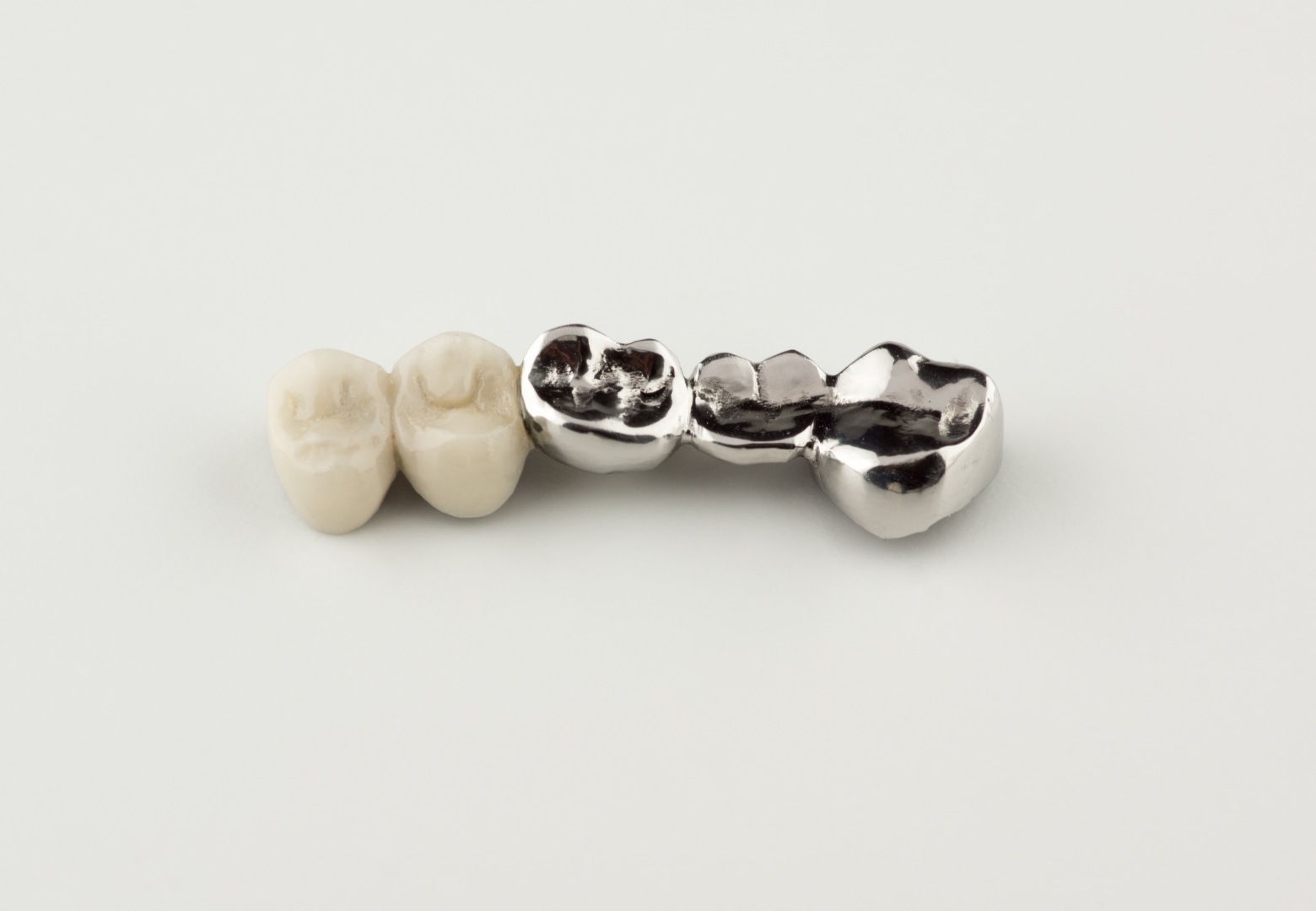
There are ceramic metallic prostheses made of a fairly successful material in dental treatments; however, technological advances and a better material appear regularly that meet all expectations for any restoration needed by the patient. This is why ceramic-metallic restorations are gradually becoming a relic of the past; the newest thing is total ceramic. In fact, the only disadvantage is the high cost. Nevertheless, it is ideal for a patient to have in their mouth, but not all patients can afford this treatment. Thus, many times patients choose to allow metal to be inserted into their mouths, even if it is less aesthetic and resistant.
It should be mentioned that metal-free ceramics are more biocompatible and have a low chemical reactivity; metal, on the other hand, can be harmful in the oral cavity.
In the last two decades, ceramics have been opted for as a rule, leaving behind porcelain metal. A patient must know the advantages of the material to choose it. Even if it is more expensive, it is well worth it.
Although these materials are artificial, they closely resemble natural teeth. Thus, they are the ideal ceramic to be used in the mouth.
Ceramic materials are products of inorganic nature.
Porcelain Crowns Services
Clinical Uses
The clinical uses are Porcelain Crowns in Santa Paula and bridges of up to 3 metal-porcelain units. Porcelain powder manufacturers adjust the coefficient of linear thermal expansion of the ceramic to that of the metal by adding leucite to prevent a great degree of difference between one that produces zones of concentration of stress and, therefore, fractures of the material during cooling.
First, the dental technician subjects the infrastructure of the metal alloy to an oxidation treatment of the metal to produce a chemical bond between the two.
Inlays, metal-free porcelain onlays: Although it seems a contradiction to what we have been dealing with so far, the development of modern techniques and adhesives has allowed the adhesion between porcelains and enamel to be very reliable and optimal in resisting the forces of chewing.
Pure porcelain facets or veneers: Clinical trials show that the survival rates of these restorations are between 82 to 96% after 10 to 21 years, provided they have been prepared and cemented to enamel exclusively. When preparation and grinding have exposed 50% or more dentin, more peeling and fracture failures were found.

Feldspathic Ceramics
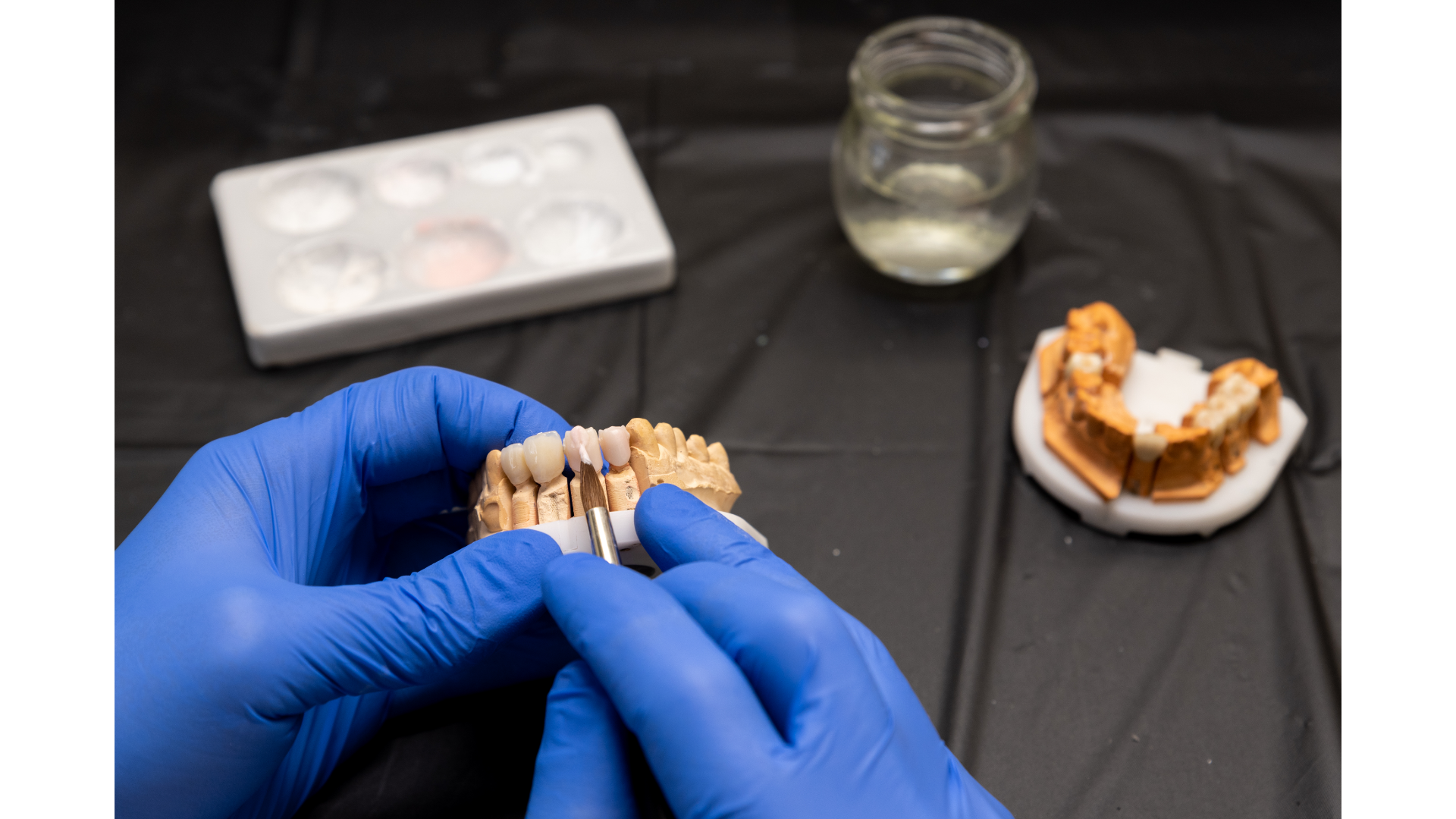
These ceramics contain glass; it is what gives the prosthesis translucency and naturalness; however, due to their high delicacy and fragility, they cannot be placed without metal. They must be on a metal structure to be supported in the oral cavity.
That is why ceramics have been modified for more resistance as total ceramics.
Aluminous Ceramics

In 1965, McLean and Hughes investigated metal-free ceramics. They achieved their goal with aluminum oxide. They created a resistant ceramic, but it remained very opaque; the translucency was lost and therefore the naturalness. To compensate, the patient had to treat more teeth so it would not look so false. Thus, this material is used only for the skeleton, that is, the internal part of the crown. On top is a cover made of another type of translucent ceramic.
Zirconium Ceramics

This is the most innovative and ideal type of ceramic so far. These state-of-the-art ceramics are composed of highly sintered zirconium oxide (95%), partially stabilized with yttrium oxide (5%). Zirconium oxide (ZrO2) is also known chemically by the name, zirconia or zirconia. The main characteristic of this material is its high degree of toughness due to the fact that its microstructure is totally crystalline. It also has a reinforcement mechanism called, “resistant transformation”.
It was discovered by Garvie & cols. in 1975, This ceramic supports a high level of mechanical stress in the oral cavity; it tolerates very well the forces of chewing exerted by the muscles.
Due to its excellent mechanical and optical properties, extensive prosthetic restorations, bridges of more than 3 units, crowns and prostheses on implants, implants, orthodontic brackets, endodontic posts, inlays and onlays can be made.
These materials are resistant to fracture, have a high marginal adjustment precision, and are very aesthetic; therefore, they have a high percentage of clinical survival.
Why Choose Channel Islands Family Dental Office?
Schedule Your Appointment In 4 Easy Ways
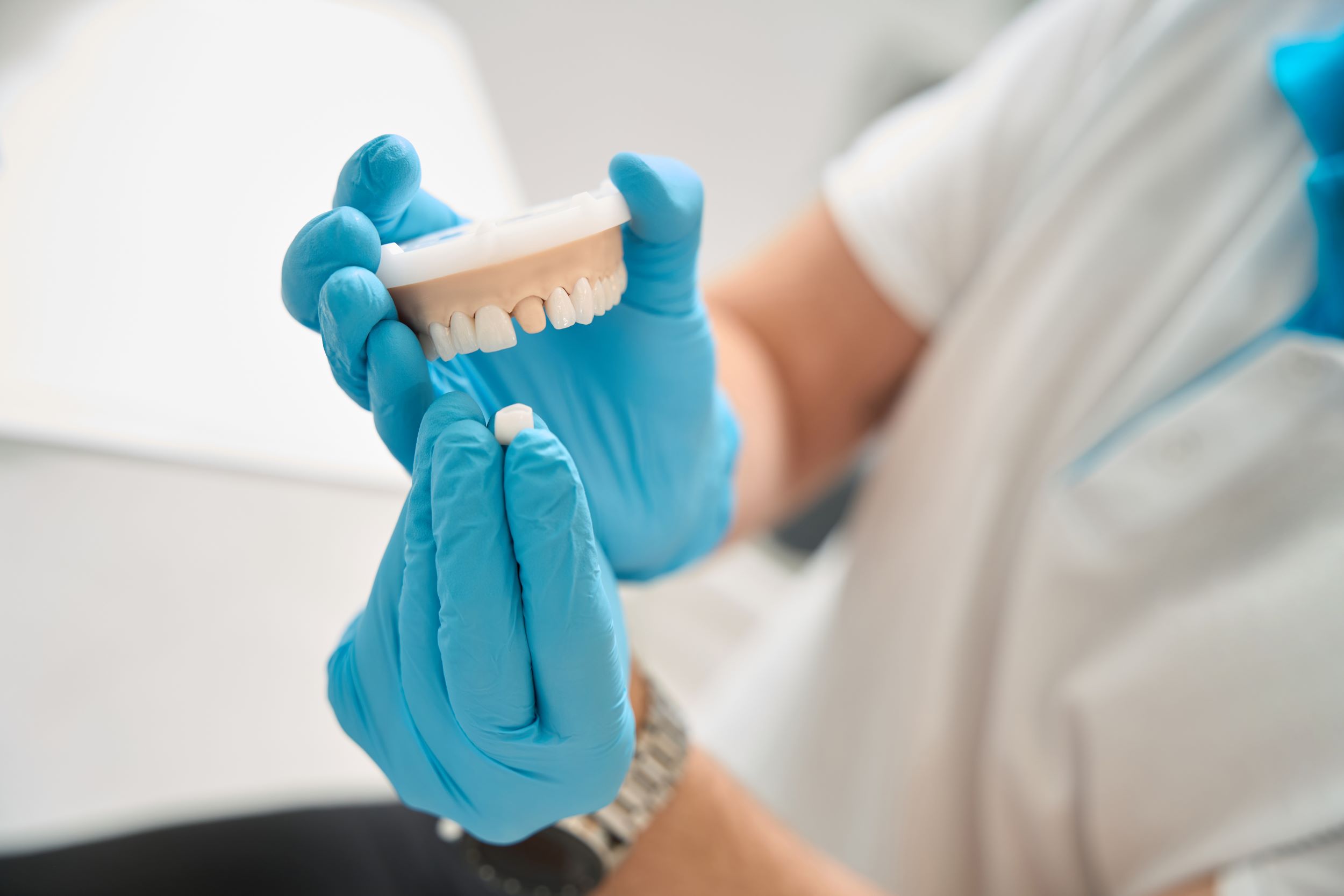
Porcelain Crowns
Dental ceramics used to restore and replace lost tooth tissue from teeth, or the teeth themselves, have undergone an enormous transformation since the first porcelains appeared decades ago. Currently, what is desired with dental ceramic restorations at Santa Paula Dentist is to return the aesthetics, naturalness, anatomy, function, and mechanics of the teeth.
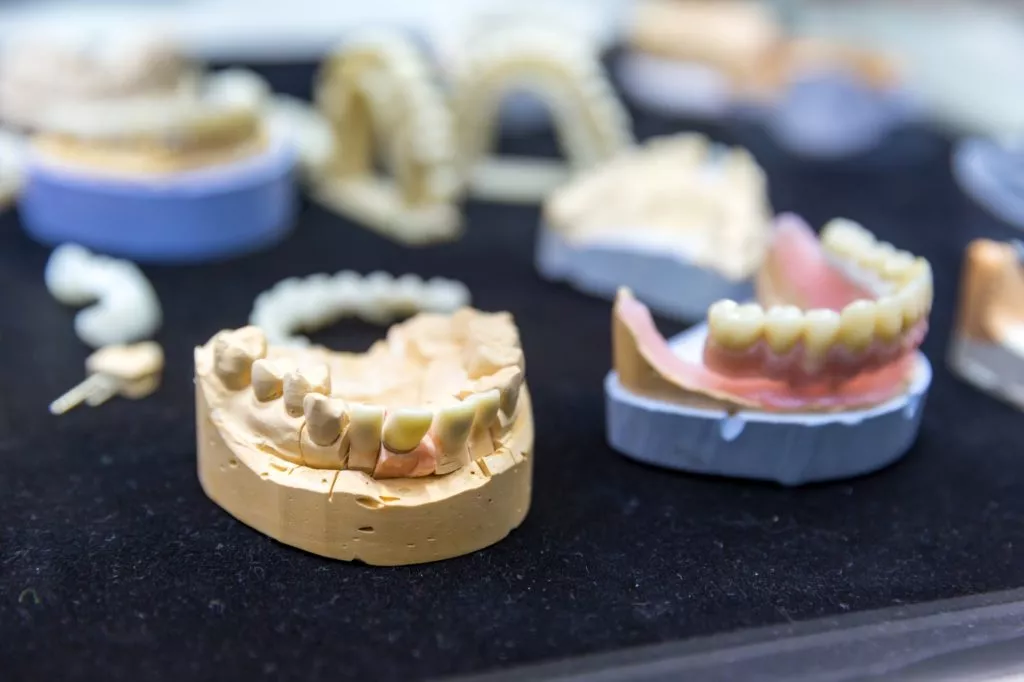
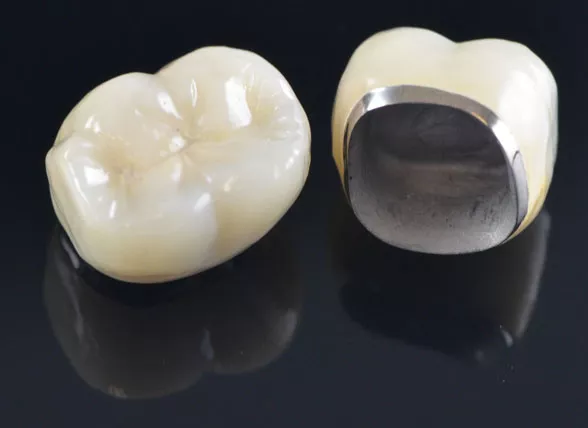
Conclusions
As we have seen, no ideal ceramic material perfectly meets all requirements. Of course, nothing can replace the unique tooth enamel. The ideal would be to achieve tissue regeneration using biodegradable ceramics, which only remain in the body as long as their function is necessary. They disappear as the tissues regenerate. Despite the fact that it has been possible to create dentin experimentally, the results are still very far from use in the daily clinic.
Dental ceramics have undergone a great evolution and a high degree of change in both their mechanical and optical properties with the goal of resembling a natural tooth in color, texture, and resistance to wear and tear, along with chewing forces.
Thanks to the notable advances in dental adhesives, these porcelains can be used on incisors and canines, when making aesthetic veneers, on the condition that they are adhered to the tooth enamel; when they are adhered to dentin, they do not have as good resistance as on enamel.
For zirconias, all the characteristics mentioned make it a very hard element and highly resistant. For this reason, with them you can already make large bridges in posterior areas, individual crowns, and structures for implants, even implants themselves.However, it makes its cementation very difficult.
Dental ceramics have gradually overcome their limitations to the point of becoming highlky sought after restorative elements by dentists, patients, and dental technicians akike.
Today, there are several types of ceramics, each with different characteristics, which allow the dentist to rehabilitate teeth with excellent naturalness. Dentists have at their disposal a wide variety of ceramic materials with different compositions and unique characteristics. It is necessary to know about them when choosing the specific ceramic for each patient’s needs.
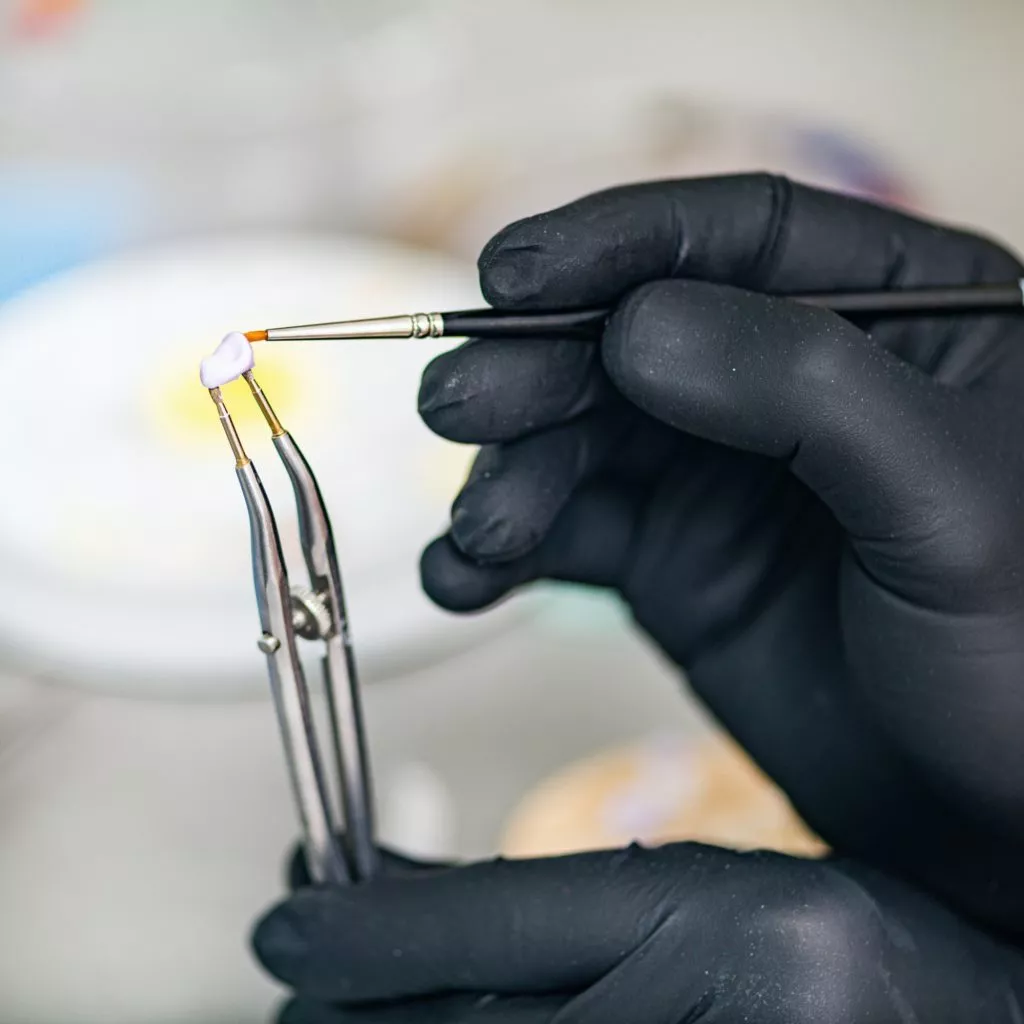
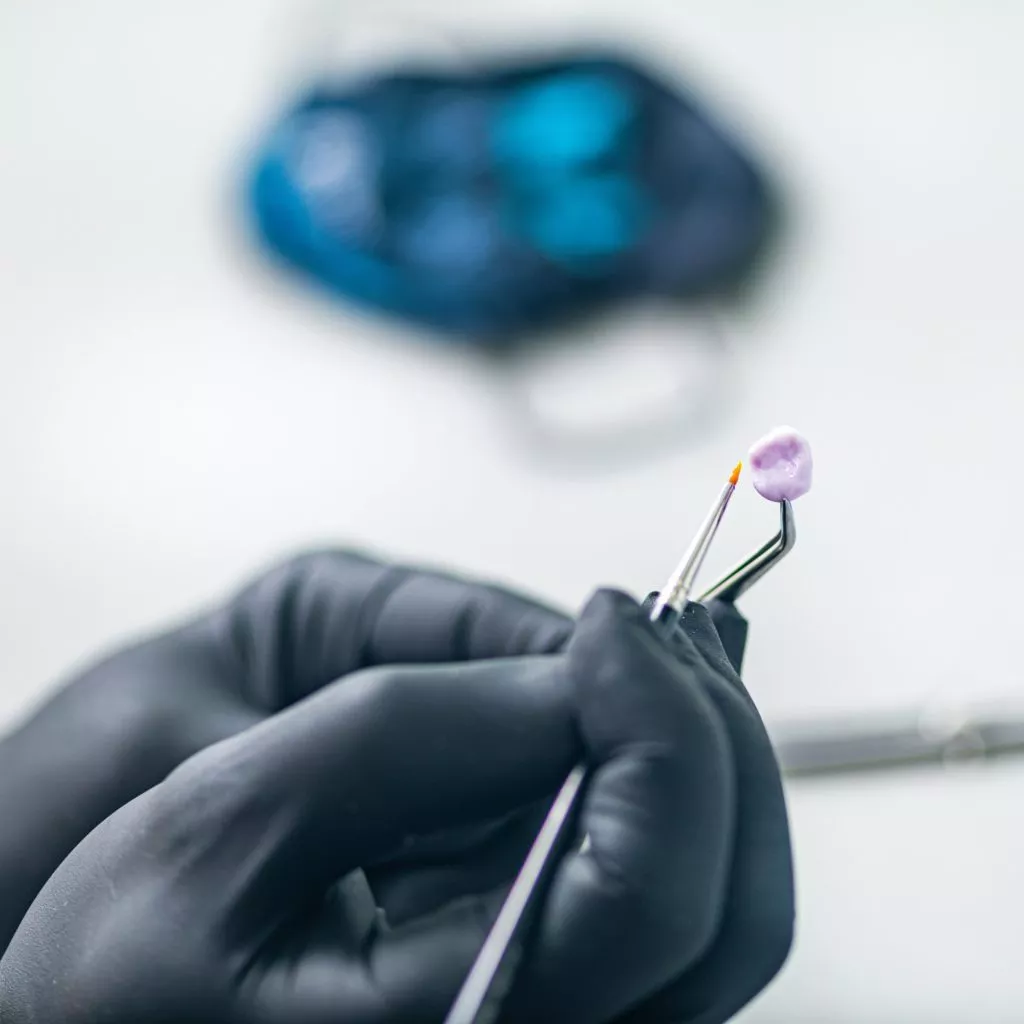
Porcelain Crowns in Santa Paula
Financing Options
Payment plans as low as 99/month (*on approved credit)



Our Location
We have the experience and expertise to deliver high quality dental specialty care. Contact us today with your dental questions or to schedule your appointment.
Office Hours
| Monday – Friday | 9:00am – 6:00pm |
Phone Number

















